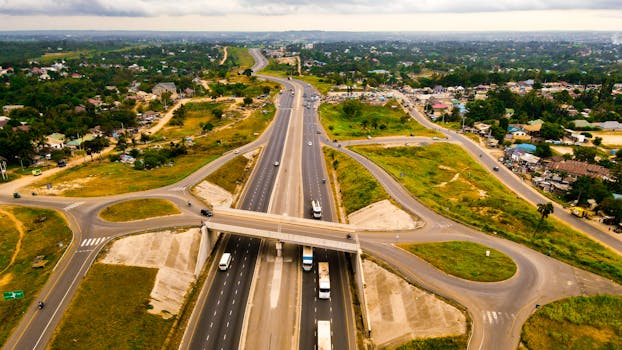Introduction to Technological Innovations

The rapid pace of technological progress is reshaping the way we live, work, and interact with one another. As we approach 2025, several innovations are emerging as key drivers of change across various sectors. From advancements in artificial intelligence to renewable energy solutions, these transformative technologies promise to elevate industries and enhance our quality of life. In this blog post, we will explore some of the most significant technological innovations expected to shape the landscape in 2025.
1. Artificial Intelligence and Machine Learning

As we move closer to 2025, artificial intelligence (AI) and machine learning (ML) continue to demonstrate their potential across multiple industries. AI systems are becoming more sophisticated, enabling businesses to optimize their operations, enhance customer experiences, and streamline processes.
One significant trend is the widespread implementation of AI-powered analytics tools capable of predicting consumer behavior. According to industry reports, companies that harness these technologies will have a competitive edge. In the healthcare sector, AI algorithms are set to revolutionize patient diagnosis and treatment, enhancing the accuracy of medical predictions and helping healthcare providers personalize care.
While the benefits are immense, the increased reliance on AI technology also raises ethical questions regarding data privacy and job displacement. As organizations implement AI solutions, finding a balance between innovation and ethical responsibility will be vital.
2. Renewable Energy Technologies

With a growing global emphasis on sustainability, renewable energy is poised to become a critical aspect of our future. Innovations such as solar energy, wind power, and energy storage solutions are expected to gain momentum in the coming years, making a tangible impact by 2025.
Recent developments in solar technology, such as tinted solar panels and transparent photovoltaic cells, are streamlining the integration of solar energy into everyday life. Expect to see solar solutions maximally utilized in urban settings and residential areas, powering homes and businesses.
Energy storage advancements will complement efforts to produce green energy, with services like Tesla’s Powerwall leading the charge. These batteries help retain energy produced during peak sunlight or wind times and disperse it when demand spikes, ultimately promoting efficiency.
9Consequently, these solutions will contribute greatly to achieving national and international sustainability objectives, reducing carbon footprints, and promoting greener lifestyles green.
3. 5G Technology and Connectivity

The rollout of 5G technology comes with unprecedented connectivity levels, revolutionizing how we interact with devices and the internet. Increasing bandwidth capacity, minimal latency, and enhanced download speeds are transforming real-time applications such as online gaming, telemedicine, and autonomous vehicles.
In the health sector, healthcare systems will rely more on telehealth platforms due to heightened demand after the pandemic. As video consultations become the norm, 5G technology’s instant connectivity will facilitate timely interventions, bringing healthcare to the digitally underserved, especially in remote areas.
Furthermore, 5G is expected to exponentially expand the Internet of Things (IoT). The connectivity revolution allows diverse devices—from smart home gadgets to AI-driven factories—to communicate simultaneously, offering scenarios previously deemed infeasible. Over the next few years, expect distinct innovations resulting from this surge in connectivity.
4. Augmented Reality (AR) and Virtual Reality (VR)

Augmented reality (AR) and virtual reality (VR) are transforming industries through immersive experiences likely to alter everything from gaming and education to remote work interactions. Advancements in headset technologies and mobile applications like Microsoft’s HoloLens have amplified the buildout of immersive experiences including education.
Pedagogical approaches leveraging AR and VR tools demonstrate measurable enhancement in student participation, inherently altering teaching methods. Expect AR and VR applications extending beyond entertainment and classroom settings, with leadership exhibiting keen attention to educational equipotential accuracy.
In addition, industries such as real estate and tourism are investing massively in virtual tours and AR-led experiences, making investment assurance exempt from generic practices. The quick rise within augmented applications chosen in life-cycle design provide framework shift aiding tourists visualize realities that can enhance client capture.


